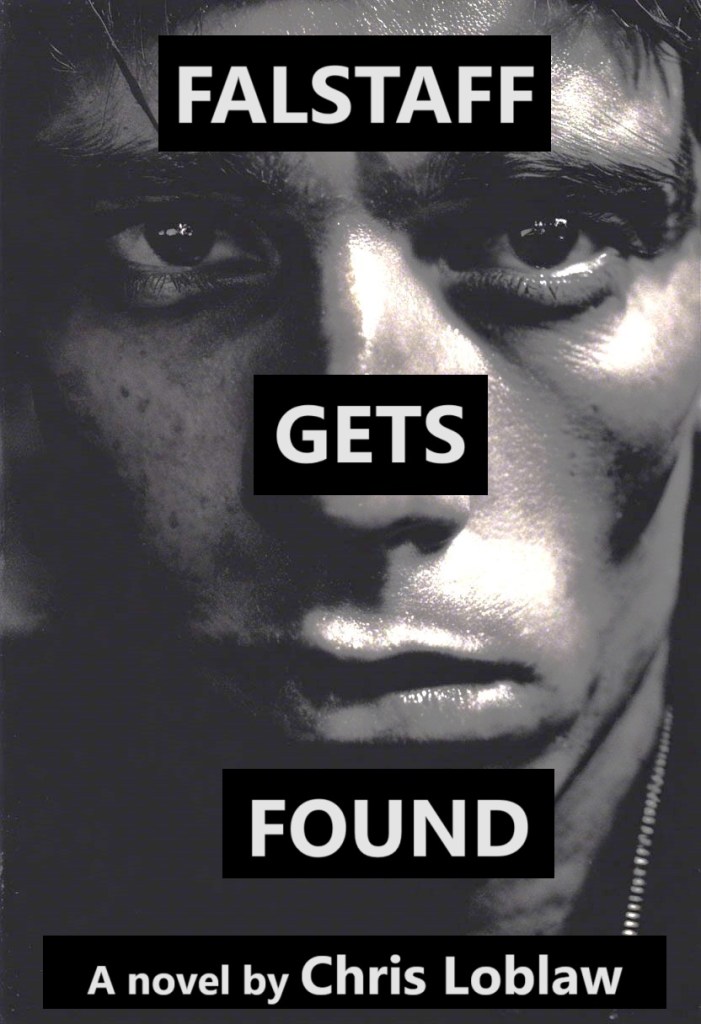John Falstaff is dying in the dirt of a Las Vegas scrapyard when The German gives him a job: find the gangbang killer. Reluctantly, Falstaff agrees as his heart stops beating.
Falstaff is no hero. He never wanted to be a detective. He cannot fight. His only true love is whatever dope he can get his hands on. He alternates between running from responsibility and running face first into trouble. But he has two tricks up his sleeve. He can withstand an astounding amount of physical abuse, making him very hard to kill. And he can read the dirty little secrets written all over your face.
If only he could keep his big mouth shut.

